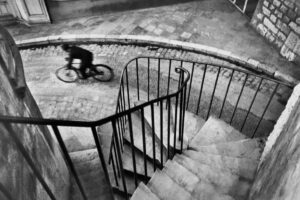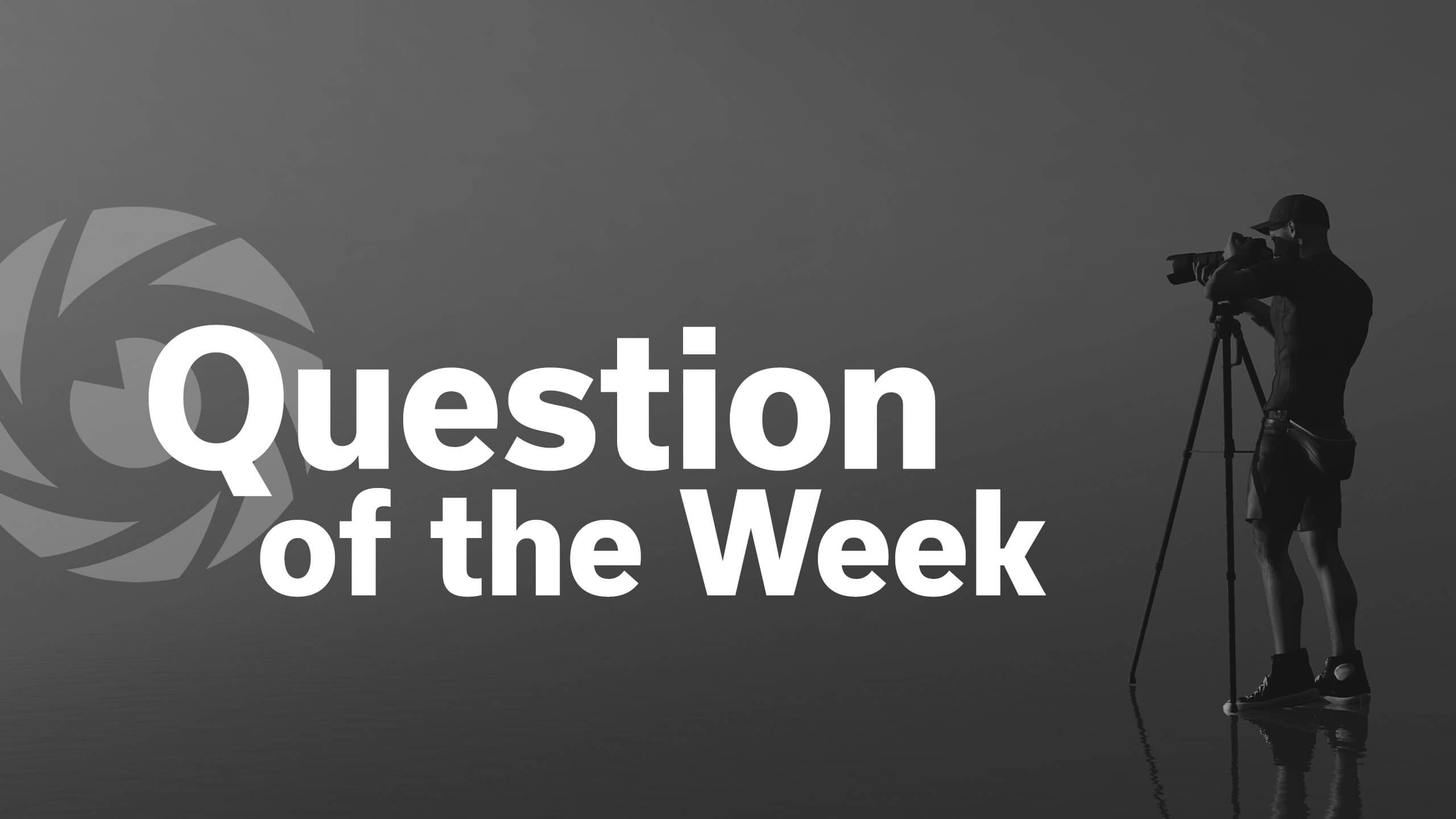 |
Updated December 18 2024
Fixed lens cameras may be a bit niche, but there's a reason they're so popular amongst photographers. They often come with some of the best lenses on the market, in a variety of focal lengths, matched to sensors ranging from APS-C to full-frame to give you the perfect field of view for your style of shooting.
Our picks range from pocketable models to larger cameras that you'll have to you'll have to consciously decide to take with you. They also cover a wide range of prices; while there sadly aren't any budget options, some come with much higher price tags than others, reaching well into the thousands of dollars.
Our picks:
- Best fixed lens camera for patient people: Fujifilm X100 VI
- Best pocketable fixed lens camera: Ricoh GR III
- The Rolls Royce of fixed lens camera: Leica Q3 43
Best fixed lens camera for patient people: Fujifilm X100VI
40MP BSI CMOS APS-C X-Trans sensor | 35mm equiv F2 lens | Hybrid viewfinder
 |
| Image: Richard Butler |
What we like:
- Excellent build quality
- Subject-detection autofocus
- Now with in-body image stabilization
What we don't:
- Lens not especially fast to focus
- Hard to find in stock
Updated with in-body image stabilization rated at up to 6EV of correction and a 40MP BSI CMOS APS-C X-Trans sensor, the X100VI is a significant upgrade over its predecessor despite looking virtually identical. It features the same 35mm equivalent F2 lens and a hybrid viewfinder that lets you use it as a traditional rangefinder – with some digital augmentation if you want it – or as a modern, fully electronic viewfinder.
The addition of subject-recognition autofocus has given the X100VI the ability to recognize animals, birds, automobiles, motorcycles and bikes, airplanes, and trains. However, human (face/eye) detection is a separate mode. The lens is not the fastest to autofocus, prioritizing sharpness over speed, though that's not necessarily unique in this category.
The elephant in the room is that the X100VI has essentially been sold out since its initial release. However, if you're patient enough to sign up for waitlist notifications from a variety of sites, you may be able to get one in time.
It's probably worth the wait. While the X100VI has more dials and functions than previous versions, it still offers one of the most engaging photographic experiences out there. It's easy to see why it became so frustratingly unobtainable: It's an even better follow-up to a camera that was already popular with photographers of all kinds, and that had already sold out after going viral.
Click here to read our review of the Fujifilm X100VI
Click here to see the Fujifilm X100VI studio scene
Best pocketable fixed lens camera: Ricoh GR III
24MP APS-C sensor | 28mm equiv. F2.8 lens | Wi-Fi + Bluetooth
 |
What we like:
- Excellent image quality
- Good controls and ergonomics
- Truly pocketable
What we don't:
- Short battery life
- No built-in flash
- Sluggish AF in low light
The GR III is the lightest and most compact camera on this list by a long shot, thanks to its retracting lens and lack of a viewfinder. If size is a major concern for you, it's definitely the fixed lens option to look at.
Click here to read our review of the Ricoh GR III
Click here to see the Ricoh GR III studio scene
A different perspective
Ricoh also sells the GR IIIx, which is the same great camera as the standard GR III but with a 40mm equiv. lens instead. If you prefer the 'normal' field of view to a wider one, be sure to pick the IIIx up instead.
The Rolls Royce of fixed lens cameras: Leica Q3 43
43mm F2 stabilized lens | 60MP BSI CMOS full-frame sensor | 5.76M dot OLED EVF
 |
| Photo: Richard Butler |
What we like:
- Excellent image quality
- Fast, dependable autofocus
- Good video support tools
What we don't:
- Subject recognition system could be better
- Auto white balance can be aggressively neutral/cool
- Significant price premium for the Leica name
While we've chosen the Q3 43 for its excellent control layout that puts photography first, the camera is also available with a 28mm F1.7 lens. There are minor cosmetic differences between the two Q3 models, such as the color of the leatherette wrap, but they're otherwise the same camera. There's also a price difference, with the 43 coming at a $600 premium.
Click here to read our review of the Leica Q3 43
Click here to see the Leica Q3 43 studio scene
The other full-frame option
Despite the fact that the RX1R II is almost a decade old at this point, you can still buy Sony's last compact full-frame fixed-lens camera. Unsurprisingly, as a nine-year-old camera, it's rather showing its age. Its autofocus and menu systems are significantly more primitive than we've subsequently become used to, but focus speed isn't exactly a strength for any of the cameras in its class. Its 35mm F2 lens is excellent, and its sensor still delivers excellent image quality. Battery life is atrocious, though, and we considered its performance sluggish even by 2016 standards.
We can't wholeheartedly recommend it after all this time, but if you've already made the seemingly irrational decision of buying an expensive camera with a single, fixed focal length that doesn't really even fit in your pocket, you might be the sort of person that gets some enjoyment out of opting for the slow, awkward, oddball choice.
Buy Now:
Why should you trust us?
Our Buying Guides are based on extensive use and testing of the cameras included. We only recommend cameras once we know how they compare to their peers in a variety of shooting situations. All selections are made solely by our editorial and video teams and are the models we'd buy or recommend to friends and family. We gain no financial advantage from recommending one camera over another, either as individuals or as a business.

 1 week ago
6
1 week ago
6







 English (US) ·
English (US) ·